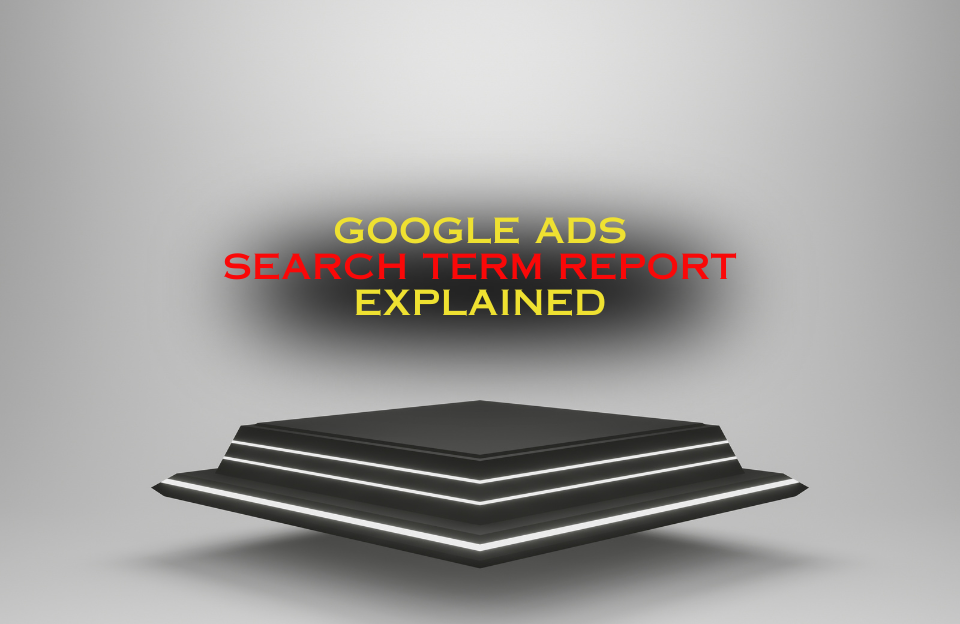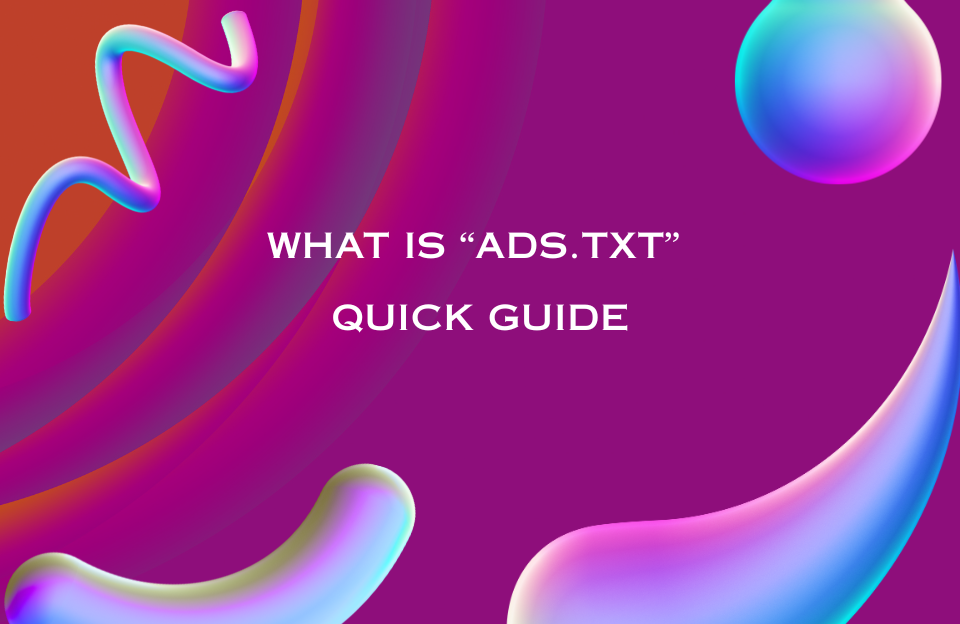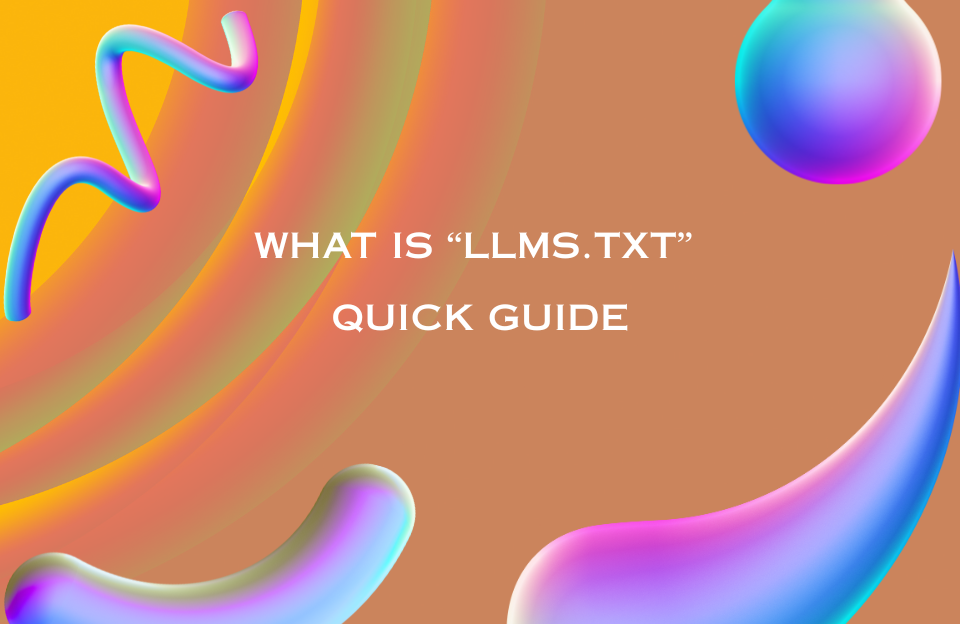Keyword Hooks: How to Signal Relevance to AI with Strategic Phrasing
In a world where both search engines and AI models determine what content gets surfaced, simply including keywords isn’t enough. You need to make them count—strategically. That’s where keyword hooks come in: well-placed, high-impact keyword phrases embedded in your headings, intros, and key structural elements that immediately signal relevance to both humans and machines.
Keyword hooks are the difference between a page that’s “indexed” and one that’s understood.
What Are Keyword Hooks?
Keyword hooks are intentionally placed phrases—usually target keywords or semantic variations—that appear in crucial content areas like:
- H1 and H2 headings
- Introductory paragraphs
- List titles and section headers
- Meta titles and descriptions
- Alt tags and anchor text
Their purpose? To hook search engines, AI crawlers, and human readers with clear, topical signals.
Why Keyword Hooks Matter in 2025
🔍 1. AI Models Read for Meaning, Not Just Matching
Large Language Models (LLMs) like ChatGPT, Gemini, and Google SGE don’t just scan for keywords—they interpret context. By placing keywords at the start of headings or paragraphs, you give AI clarity about what your content is really about.
🧠 2. Search Engines Prioritize Structure
Google looks to structured cues (like headers and intros) to identify page topics and match them to search intent. Keyword hooks help you appear in featured snippets, People Also Ask boxes, and even SGE previews.
📈 3. They Guide User Expectations
When readers scan your content, keyword hooks reinforce that they’ve landed on the right page. That keeps bounce rates low and engagement high—metrics that feed into long-term ranking potential.
Examples of Keyword Hooks in Action
Before (generic heading):
“Ways to Grow Your Audience”
After (optimized with keyword hook):
“Email Marketing Strategies to Grow Your Audience”
Now the heading is more specific, uses a clear topic, and sends a stronger SEO signal.
In an intro paragraph:
“Email marketing is one of the most effective tools for growing your online audience, increasing conversions, and building long-term brand loyalty.”
The phrase “email marketing” appears early and naturally in the copy, signaling topical relevance from the first sentence.
Where to Place Keyword Hooks
| Content Area | Why It Matters |
|---|---|
| Page title / H1 | Most important SEO signal for topic |
| H2 and H3 headers | Helps crawlers understand structure and subtopics |
| Intro paragraph | Reinforces context and intent early |
| Image alt tags | Supports semantic indexing and accessibility |
| Anchor links | Strengthens internal linking relevance |
| Meta descriptions | Influences click-through rates and keyword visibility |
Best Practices for Keyword Hook Placement
- ✅ Use keyword hooks early in headings and paragraphs
- ✅ Keep phrases natural—avoid stuffing or repetition
- ✅ Match search intent (informational, navigational, transactional)
- ✅ Use variations and synonyms to support semantic depth
- ✅ Combine with related entities (e.g., tools, industries, personas)
Common Mistakes to Avoid
- ❌ Burying keywords deep in the content
- ❌ Keyword stuffing in every heading
- ❌ Writing for bots at the cost of clarity
- ❌ Ignoring semantic alternatives or long-tail phrases
Bonus: Keyword Hooks & AI-Powered Summaries
AI tools increasingly rely on hooks to generate summaries, previews, and citations. If your headings clearly express topical focus, your content is more likely to be quoted or surfaced in:
- Google SGE previews
- ChatGPT and Bing summaries
- Voice search answers
- Featured snippets
Conclusion
Keyword hooks aren’t just an SEO trick—they’re a smart way to structure content for discoverability, clarity, and performance. By placing keywords where they matter most, you help both algorithms and people understand what your page is about—fast.
Write clearly. Hook early. Rank better.




